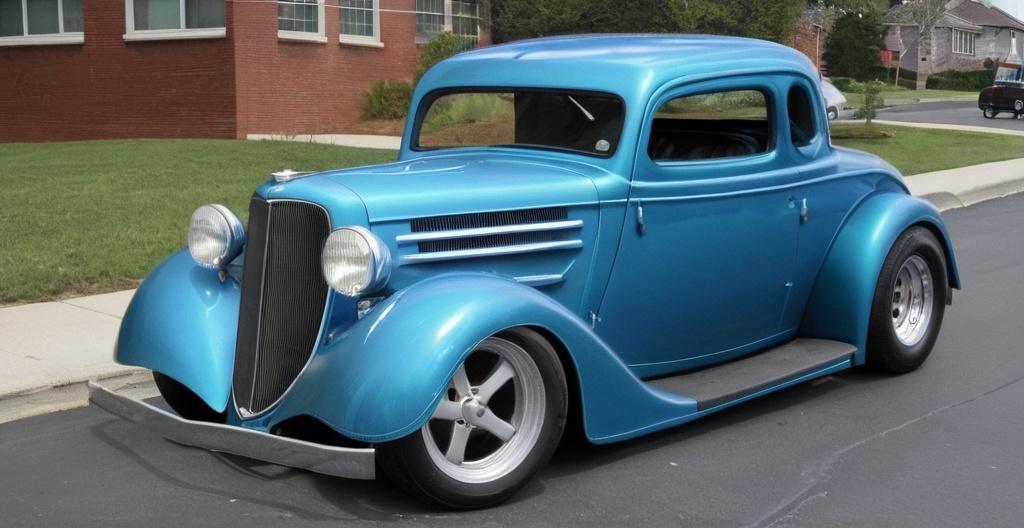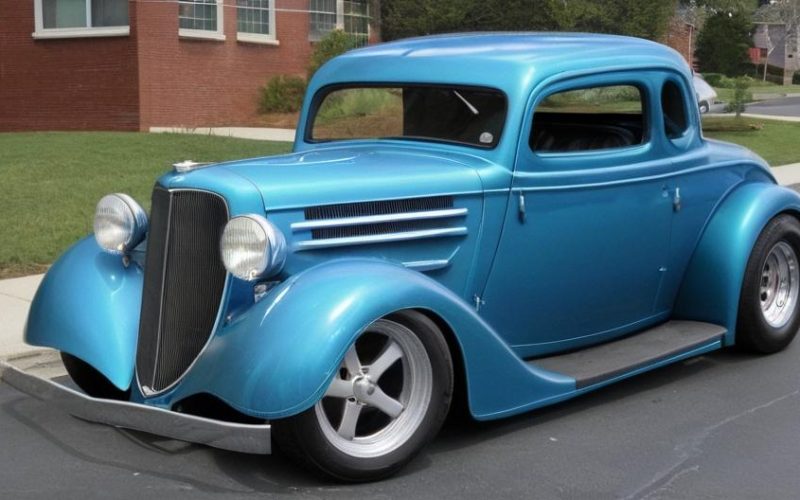Key Take Aways About Street Rodding in the Digital Age
- Street rodding is a blend of nostalgia and performance, focusing on classic car restoration.
- It’s a personal and communal pursuit, with shows and rallies serving as key gathering points.
- Despite its analog nature, street rodding utilizes digital resources like forums and YouTube for advice and parts.
- Although expensive, enthusiasts see potential financial returns and deep personal satisfaction.
- Modern tech, such as 3D printing and VR, increasingly plays a role in traditional rodding practices.
- The hobby bridges past and present, celebrating both artistry and technological advancements.

Street Rodding: An Analog Passion in a Digital World
Street rodding may conjure images of classic cars roaring down a suburban street, but this hobby is very much alive and kicking, even in our tech-soaked era. The whole thing’s about taking classic rides and transforming them into high-performance machines, all while keeping that nostalgic look that says, “I’ve been around the block a few times.”
All Revved Up with Somewhere to Go
Thing about street rodding is that it’s a personal journey. It’s not just about speed or flash but about pouring a bit of your soul under the hood. You could say it’s like car therapy. This hobby requires work and a good deal of know-how to boot. We’re talking about wrenching on vintage cars, and you better believe that grease-stained hands are part of the package.
As much as it’s about the journey, it’s also about the destination—or rather, destinations. Car meets, rallies, and shows are where rodders gather, showing off their hard work and eyeing others’ rides with admiration and maybe a touch of envy. It’s a community, a kindred spirit among those who prefer their cars to have real personality over the sanitized tech-laden models you see today.
Online Resources and Community
Even rodders have embraced technology, in their own way. With forums, social media groups, and YouTube channels, street rodding has a surprising online presence. These platforms offer a space for sharing tips, tricks, and tools of the trade. It’s like having a global garage full of buddies willing to lend advice on that tricky carburetor rebuild.
Websites are aplenty where gearheads can buy and sell parts, find blueprints, and even purchase entire cars if they’re feeling a bit flush. But be warned, sometimes parts are like finding hens teeth, especially for those really rare models.
Investing in Street Rods
Now, let’s talk money. Street rodding can be a pretty penny. It’s kinda like investing in a piece of history that you get to drive around town. While the initial cost might give your wallet a shock, the payoff can be worthwhile. Some folks approach it like an investment, hoping their lovingly restored hot rod will appreciate in value over the years. But honestly, for most rodders, it’s not about the greenbacks. It’s about passion.
Collectors sometimes end up with a whole fleet of these beauties. It’s not uncommon for enthusiasts to have a garage space packed with half-finished projects and cars in various stages of restoration. Talk about living the dream, huh?
The Tech Meets the Tradition
You’d think that the old-skool nature of street rodding would keep it apart from today’s tech world. But modern techniques, like 3D printing of rare parts and virtual reality design previews, are making their mark. Even engine tuning, once the domain of pure instinct and experience, often involves plugging a laptop into the vehicle’s brain to tweak performance metrics. It’s like the best of both worlds.
In the end, street rodding thrives in the balance between preserving the past and embracing the future. Whether you’re behind the wheel of a freshly polished ’49 Ford or elbow-deep in engine grease, there’s always that sense of being part of something bigger—something that celebrates the art, the science, and the sheer joy of the drive.
